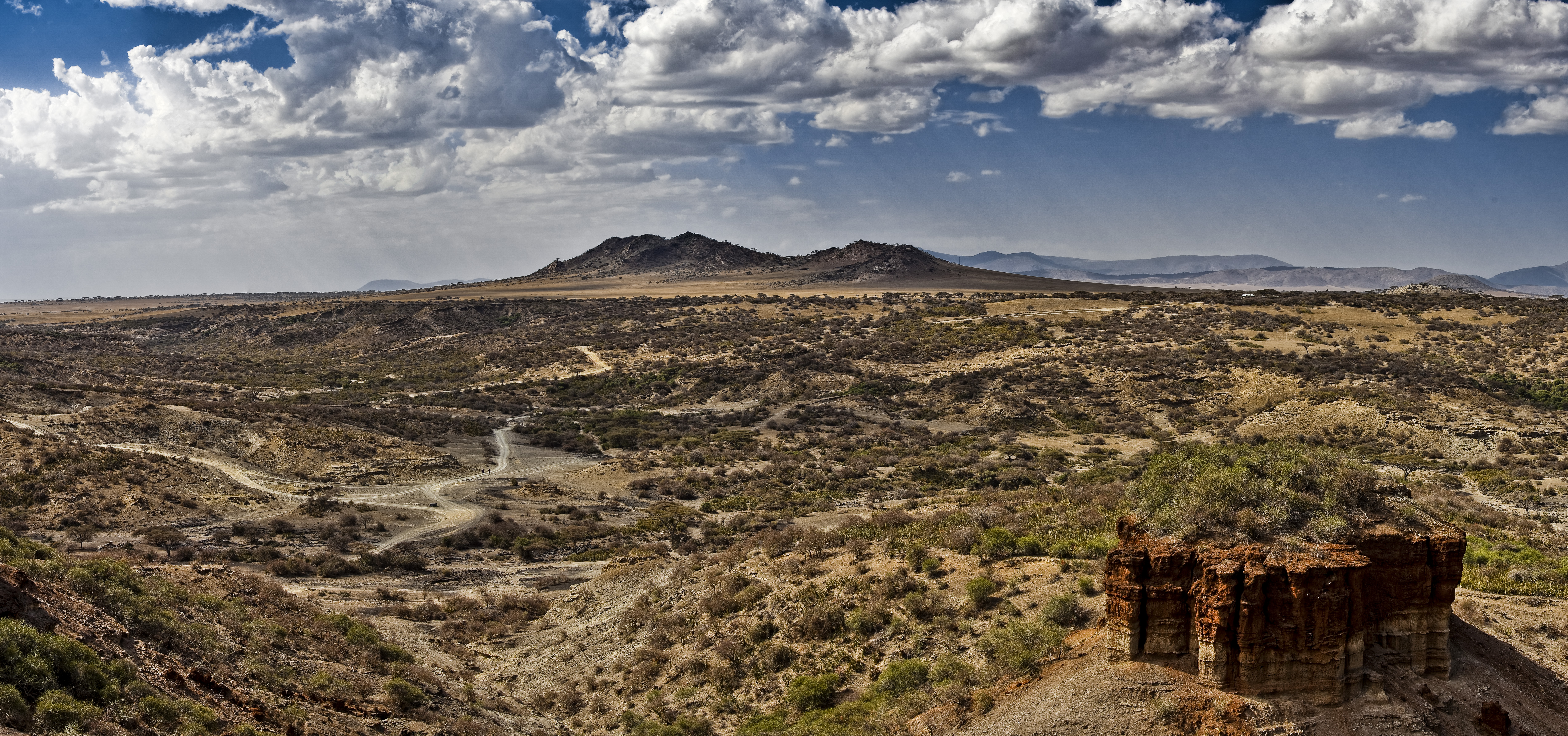Here are ten diverse places in Tanzania that students might visit for an educational tour, covering various subjects and learning experiences:
-
Olduvai Gorge (Arusha Region): For History, Anthropology, and Paleontology students. Known as the "Cradle of Mankind," this site has yielded significant fossils of early humans. Students can learn about human evolution, archaeological excavation techniques, and the history of scientific discovery. There's also a museum with informative exhibits.
-
Serengeti National Park (Arusha and Mara Regions): For Biology, Ecology, and Wildlife Conservation students. Witness the Great Migration, learn about animal behavior, ecosystems, and the challenges of wildlife conservation in a world-renowned national park. Guided safaris and talks by park rangers can be highly educational.
-
Ngorongoro Conservation Area (Arusha Region): For Geography, Ecology, and Environmental Studies students. Explore the world's largest unbroken volcanic caldera, a unique ecosystem with a high concentration of wildlife. Learn about geological formations, biodiversity, and the co-existence of humans (Maasai) and wildlife.
-
Mount Kilimanjaro National Park (Kilimanjaro Region): For Geography, Environmental Science, and Adventure/Tourism Studies students. While climbing the entire mountain might be extensive, a visit to the lower slopes and the park headquarters can teach about different vegetation zones, the impact of climate change on glaciers, and the logistics of managing a major tourist attraction.
-
Zanzibar Stone Town (Zanzibar Urban West Region): For History, Culture, and Architecture students. Explore this UNESCO World Heritage site, a historical trading center with influences from Arab, Persian, Indian, and European cultures. Students can learn about the spice trade, Swahili architecture, and the history of the East African coast. Visits to museums and historical buildings are valuable.
-
Bagamoyo Historical Town (Pwani Region): For History and Slave Trade Studies students. This former major trading port and slave trading center offers a sobering look into the past. Students can visit the Kaole Ruins (pre-colonial Swahili settlement), the Catholic Church (first in East Africa), and the old slave market site.
-
University of Dar es Salaam (Dar es Salaam Region): For students considering higher education, a visit to Tanzania's oldest and largest university can provide insights into academic life, different faculties, and potential career paths. Arranging a tour and a talk with faculty in a specific department of interest could be beneficial.
-
National Museum of Tanzania (Dar es Salaam Region): For a general overview of Tanzanian history, culture, and natural heritage. The museum houses exhibits on archaeology, ethnography, art, and the country's struggle for independence.
-
Local Farms or Agricultural Research Institutes (Various Regions): For Agriculture, Biology, and Economics students. Visiting a local farm practicing sustainable agriculture or an agricultural research institute can provide practical knowledge about farming techniques, crop science, and the economic importance of agriculture in Tanzania. Regions like Morogoro or Arusha have such institutions.
-
Kondoa Rock-Art Sites (Dodoma Region): For History, Anthropology, and Art History students. These UNESCO World Heritage sites feature ancient rock paintings created by hunter-gatherer and pastoralist societies over millennia, offering insights into their beliefs and way of life.
When planning an educational tour, it's crucial to:
- Align the destination with the curriculum.
- Arrange for guided tours or talks by knowledgeable individuals at the site.
- Incorporate pre-visit and post-visit activities to enhance learning.
- Consider the age and interests of the students.
- Ensure safety and logistical arrangements are in place.



No comments
Post a Comment